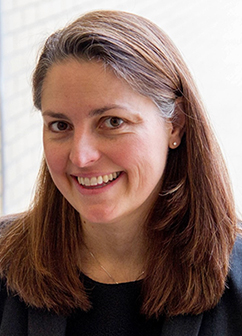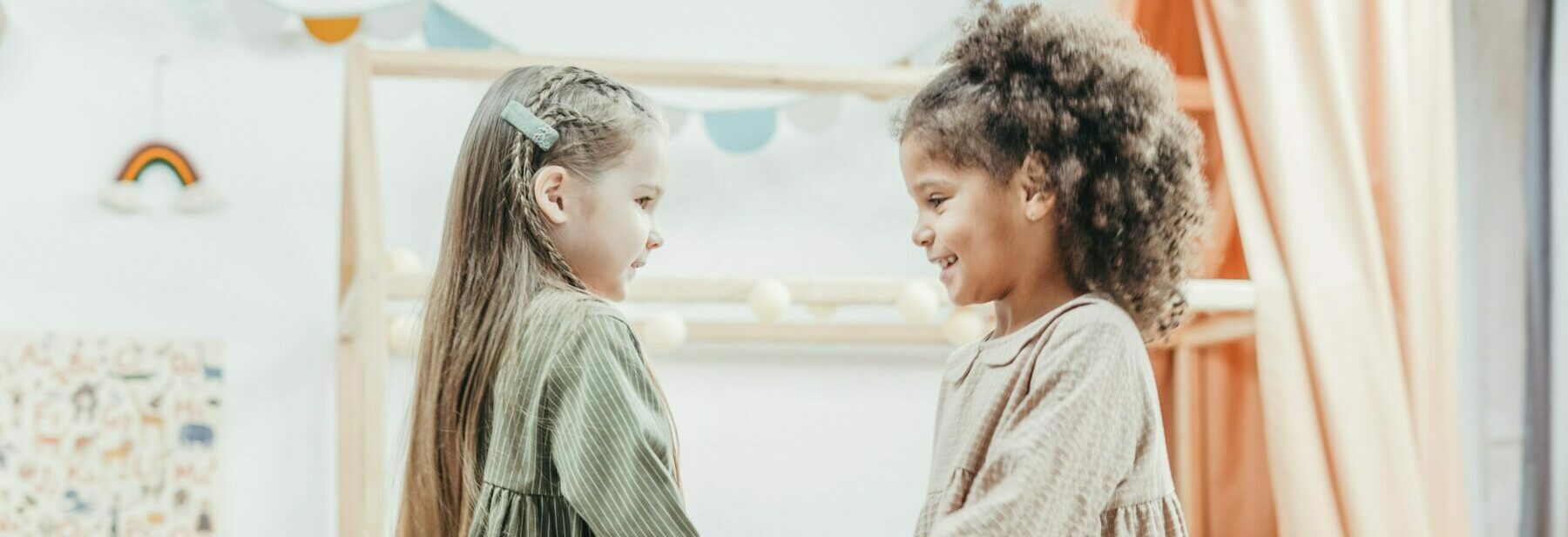York researcher says talking to children about race and racism in age-appropriate ways can help combat biases.
Children as young as five years old can display more positive associations with white children over Black children on measures of unconscious bias and new research from York University finds this can be true even when taking into consideration kids’ tendencies to favour same-gender peers. Taking an own-gender lens does, however, increase positive associations towards Black children, pointing to both the persistence of anti-Black racism, but also its contextual nature.

“I think for many Black parents this would not be a surprising finding, given their own lived experience,” says lead author Jennifer Steele, psychology professor with York University’s Faculty of Health. “Racism continues to persist in our society and children are picking up on that. What it also points to is kids looking at race through a lens that can come in and out of focus, depending on what they are paying attention to.”
Steele has studied racial bias since she was a graduate student at Harvard and has led multiple studies on children’s implicit biases around race at York as director of the University’s Interpersonal Perception and Social Cognition Laboratory. While she acknowledges that it can be uncomfortable to think of young children as displaying racial bias, she says it can be useful to acknowledge and discuss issues of racism on the path to tackling them.
“We like to believe that children are innocent beings that are naive to many of the realities in the world, and at times they are. But simultaneously, they’re watching the way the world works and they are picking up on things that adults transmit, sometimes unintentionally. So, in some ways it’s surprising, in some ways it’s not that surprising that they start to show racial biases from quite early in development.”
For the study, recently published in the American Psychological Association’s Developmental Psychology, more than 200 non-Black children were recruited to complete an Implicit Association Test used to measure unconscious bias. Children were shown pictures of Black children, who they did not know and who were their same gender, and pictures of white children who were not their gender. That is, girls saw Black girls and white boys, while boys saw Black boys and white girls. Steele and her research partner found that the level of bias depended largely on how children thought about the faces.
When the girls were asked to think of the Black girls as girls, their positive associations increased relative to white boys, but when asked to think of the Black girls as Black, they favoured the white boys. The boys in the study showed the same pattern of own-gender favouritism when they were asked to think about Black boys and white girls as boys and girls. But racial bias was still found when these same faces were seen through the lens of race.
These findings suggest that racial bias can persist, but can also come in and out of focus, making it sometimes harder to consistently identify. While not explored in this particular study, Steele says that one important way for parents and educators to work on reducing bias, is through representation and having age-appropriate conversations about race.
“It is important for children to see many examples of the diversity of amazing people, from all walks of life, who contribute positively to our society,” she says.
Watch a video of Steele explain the research.


